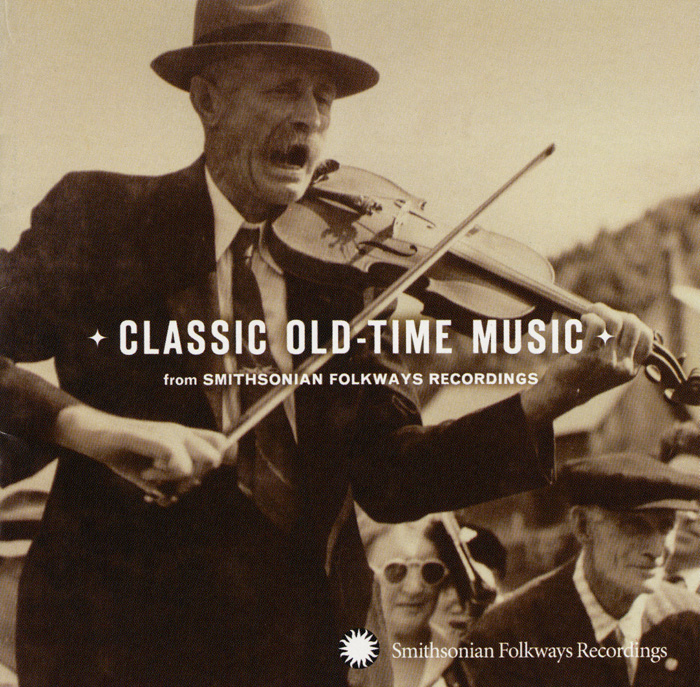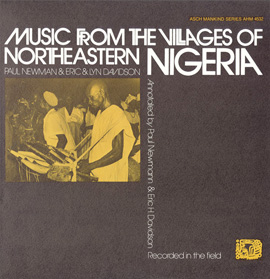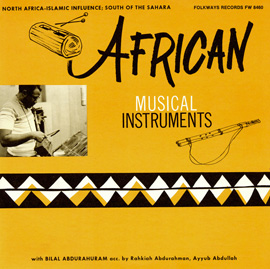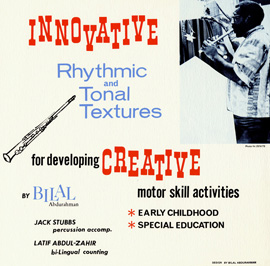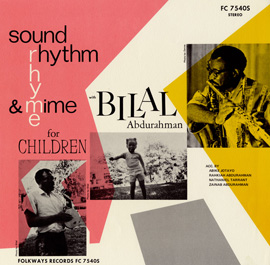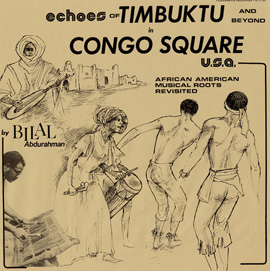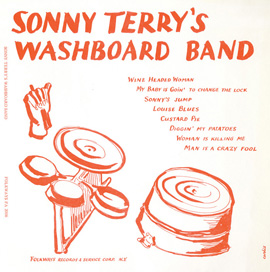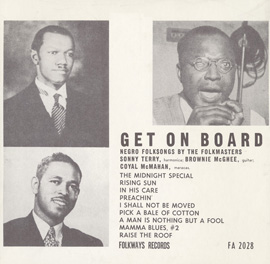Summary
Old-time music in America is a spirited blend of European and African musical traditions. Starting in the early 1600s, European traders delivered captive Africans to Virginia to work as enslaved laborers on tobacco fields and in other industries essential to the young colony. Just over a century later, the first significant wave of Irish immigrants arrived to the United States and joined other immigrant groups traveling along the Great Wagon Road into the Appalachian Mountains. African Americans and Irish immigrants residing in the Appalachian Mountains lived in close proximity, and during this time a unique blending of both groups’ cultures took place in a way that greatly impacted music. The Irish brought their reels, jigs, and fiddle music; the enslaved Africans brought their own dance music, drumming patterns, and introduced Europeans to the banjo, an instrument that enslaved Africans living in the Caribbean and American colonies recreated in the New World. Old-time music has descended from the blending of instruments and traditional expressions. This unit features listening and movement, as well as activities to explore and respond to this music tradition.
Suggested Grade Levels: 3-5, 6-8
Country: Nigeria, Ireland, United States
Region: Virginia
Culture Group: Irish (Irish-American) and African (African-American)
Genre: Old-time
Instruments: Fiddle, banjo
Language: English
Co-Curricular Areas: Social Studies, Language Arts, STEM, Math, Science, Technology
National Music Standards: 3, 6, 7, 8, 9
Prerequisites: None
Objectives:
- Listen to fiddle, banjo, and old-time music and respond to variations in tempo
- Understand and correctly use the terms tempo, beat, and rhythm
- Explain tempo in a musical selection using concepts in other curricular areas: science concepts of speed and velocity, math concepts and terms for fractions, and heartbeat and types of exercise and wellness for physical education
- Be able to identify the instruments used in the music
- Improvise accompaniments using a variety of percussion and sound sources
- Respond in a variety of ways to the feelings that each music style evokes
Material:
- “Blackberry Blossom,” FW02434_102
- “What Would You Do If You Married a Soldier?” FW08872_102
- “Drowsy Maggie,” FW03520_102
- “Virginia Banjo Instrumental,” FW02694_304
- “Music of the Tangale People: Tangale Banjo Music,” FW04532_102
- “African Musical Instruments,” FW08460/ FW8460
- “The Coo Coo (Coo Coo Bird),” SFW40079_101
- “Chilly Winds,” SFW 40093_112
- “Shortnin’ Bread,” SFW40079_125
- “Sugar Hill,” SFW40093_101
- “Instrumental,” FW02434_103
Lesson Segments:
- Fiddln’ Around with Fiddle Music (National Standards 3, 6, 7, 8, 9)
- Pickin’ and Strummin’ the Banjo (National Standards 6, 7, 8, 9)
- Have a Grand Old-Time Music (National Standards 6, 7, 8, 9)
Lesson Segment 1: Fiddln’ Around with Fiddle Music

“Londonderry Hornpipe and Set Dance”
from As I Roved Out (Field Trip-Ireland) (1960) | FW08872
“What Would You Do If You Married a Soldier?”
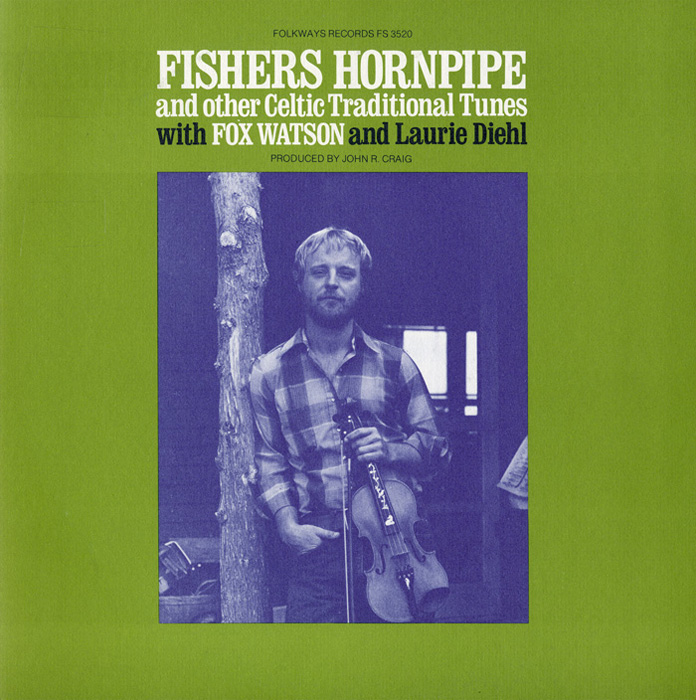
“Drowsy Maggie”
from Fishers Hornpipe and Other Celtic Traditional Tunes (1977) | FW03520
- Listen to the following music. (Each time only play about a 30-second clip.) “Londonderry Hornpipe and Set Dance,” Johnny Hoare, fiddler
- Listen again, and this time move a hand up and down with the music, following the high and low pitches of the melody.
- Listen again for the change in speed, or tempo. Ask:
- Did the music change speed or tempo?
- Would you say that this music is fast or slow?
- Does the tempo make a difference in how you feel?
- Do you think that your heartbeat changes with faster music?
- If there is time, have students check their pulse with the musical beat.
- Clap or tap out the beat of the music, and then draw attention to the symbol for the quarter-note beat.
- A little mathematical puzzle: If we clapped two claps in the same time as one quarter-note beat, what value would we give it? (An eighth, as in an eighth-note.) If we clapped four claps in the same time as one quarter-note beat, or two eighth-notes, what value would we give it? (A sixteenth, as in a sixteenth note.)
- Clap or tap out some steady quarter-note beats, and then on cue clap twice as fast (eighth-notes) and four times as fast (sixteenth notes). Clarify that rhythm is the systematic arrangement of musical sounds according to duration and stress and can be slower of faster.
- A little science task: If we learn that a scientific meaning of speed is how far something travels in a specific time, can you restate that definition of speed, or tempo, using music terms?
- Listen again to the recording. How is the music made? What does the instrument look like? Have you seen it before? (Show a fiddle or a picture of a fiddle. Note that it is also called a violin. Violins run in length from about 13 to 23 inches. Ask students to show with their hands and arms how long a fiddle or violin is.) Clarify that the fiddle is a string instrument played using a bow that is made of horsehair.
- Tell students that when the Irish came to Virginia in the middle to late 1700s, they settled in the Shenandoah Valley, which is in the Appalachian Mountains.
- Show a world map. Point out Ireland, and show a possible route for settlers. (The ocean currents brought the ships south to the Caribbean, then to Virginia.)
- What ocean did they cross? (Atlantic.)
- When the Irish arrived, some had violins that they could afford to keep and safely carried on the journey to the Colonies. Others built new violins using materials that they could obtain locally.

- Listen again to the recording, and respond to these questions:
- How does the music make you feel?
- Why do you think this artist is playing this music? (For dancing. In Ireland this style of dancing is called “set dancing.” As soon as the fiddle begins to play, the party begins and people get up to dance.)
- Encourage students to move to the music in their own personal way of tapping, shuffling, stamping their feet.
- Provide information on Irish step dancing, another important dance style and formation from Ireland into America.
- When step-dancing, the dancers wear hard shoes that make sounds similar to when tap shoes are worn. Dancers stiffen their upper bodies and move their feet quickly while staying in one place.
- Some people say it is because they first danced on a piece of wood on the dirt floor that was only as big as a door. Others say it was because the English had forbidden Irish dancing so the people stood straight so that from a distance it did not appear that they were dancing.
- Ask students to dance with the recorded music, “Londonderry Hornpipe and Set Dance.”
- Share with students that Londonderry is a city in Northern Ireland.
- The hornpipe is a dance that began on English sailing vessels that mimicked movements made by sailors as they tried to stay upright on stormy seas.
- listen to another recording by fiddler charlie higgins, “blackberry blossom.”
- Blackberries are native to Virginia, and people living in the mountains would have welcomed the blackberry blossoms and the fruit.
- Discuss how local flowers and foods become inspiration for music, and how Irish immigrants may have encountered the blackberry at their arrival and then included it in their new-world way of life (and food!).
- Listen to other songs with fiddle music accompaniments:
- “What Would You Do If You Married a Soldier?” Elizabeth Cronin, fiddle
- “Drowsy Maggie,” Fox Watson and Laurie Diehl, fiddle, guitar, mandolin
Assessment: Students will be able to decipher changes in rhythm and tempo within the recordings they hear, both verbally and in the way that they can demonstrate it in their bodies.
Lesson Segment 2: Pickin’ and Strummin’ the Banjo
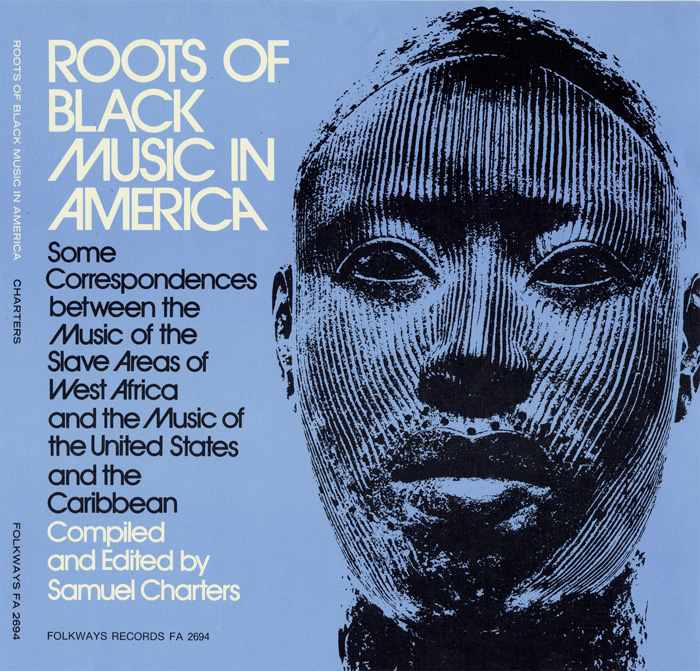
“Virginia Banjo Instrumental”
from Roots of Black Music in America (1972) | FW02694
- Listen to this recording of banjoist Wade Ward. Notice the rise and fall of the pitch.
- Listening again, ask students to move their hands up and down to the pitch changes in the melody and/or to find a way to keep the beat. While they might not be able to manipulate both hands in two separate ways, they can be cued to show pitch or keep the tempo beat by tapping or conducting. (If students were provided with experiences from the first lesson, ask them to compare the banjo music with the music of the fiddle.)
- Ask students about the construction of the banjo, leading them with questions as to naming the component parts and the materials used to construct it. Show students a banjo, or a photo of a banjo.
- Provide students with information on the origin of the banjo.
- Enslaved persons forcibly moved to the United States were abducted from their homes throughout Western and Central Africa. A large majority of them were Igbo people captured from the region now known as Nigeria. (Find Nigeria on a map of the world. Show their route from West Africa to the Caribbean to Virginia, and note the ocean currents which would have carried the vessels which transported enslaved persons to slave auctions in the American colonies.)
- Clarify for students that the Igbo and other African peoples came against their will – they were kidnapped, imprisoned, and forced to leave their families and all of their belongings behind. Their journey was infinitely more arduous than their European counterparts, and consisted of walking from the African interior to the coastal areas where they were closely packed below the ship decks.
- Upon arrival to the United States, enslaved Africans were sold and transported to plantations and private residences of slaveowners. In their new circumstances, the enslaved people recreated elements of their native cultures by weaving and sewing their own clothes, carving bowls from nearby trees, and building banjos based off of memories from instruments left behind in Africa. The early banjos made by enslaved Africans were made of gourds with a piece of animal skin stretched tightly across it. There was a stick for the neck and the number of strings varied. Ask how this old-style African plucked lute compares with today’s banjo.



“Music of the Tangale People: Tangale War Dance-Latang Music”
from Music from the Villages of Northeastern Nigeria (1971) | FW04532
- Have students listen to this music from the Tanagle people in Nigeria.
- Ask them to listen for the sounds of a banjo-like instrument. Does it sound like the banjo played in America today? Why or why not?
- Even though the roots of the modern-day banjo are found in African instruments, there have been many developments and variations since then.
- Suggest ways for students to make their own stringed instrument. In the case of banjo-like instruments, guide them in finding a frame, a cover like canvas cloth or plastic, with a neck of a board or stick with strings.

“Zummarra-double reed oboe”
from African Musical Instruments (1980) | FW08460
- In addition to the banjo, enslaved Africans who were brought to the new world knew a variety of percussion instruments including drums, and made their own out of local materials in their new American surroundings. Have students listen to “African Musical Instruments.”
- The liner notes include lesson plans to incorporate this music into the classroom.
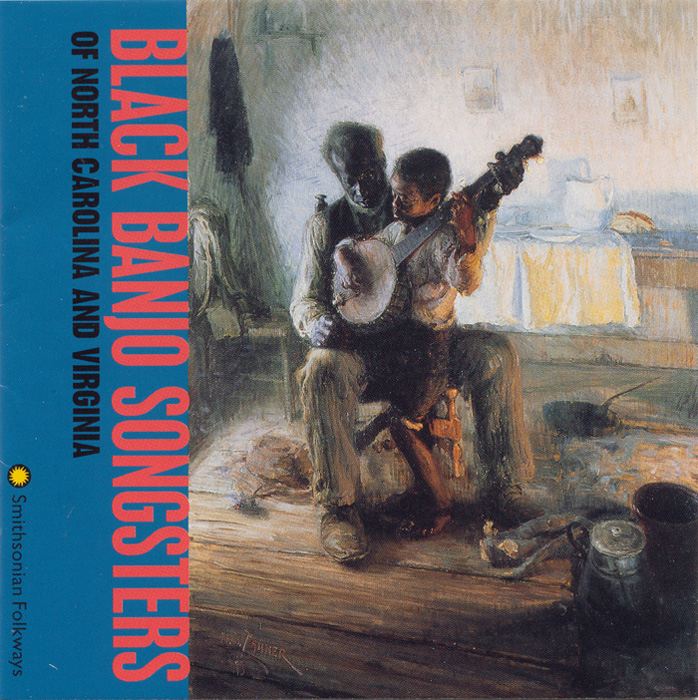
“The Coo Coo (Coo Coo Bird)”
from Black Banjo Songsters of North Carolina and Virginia (1998) | SFW40079
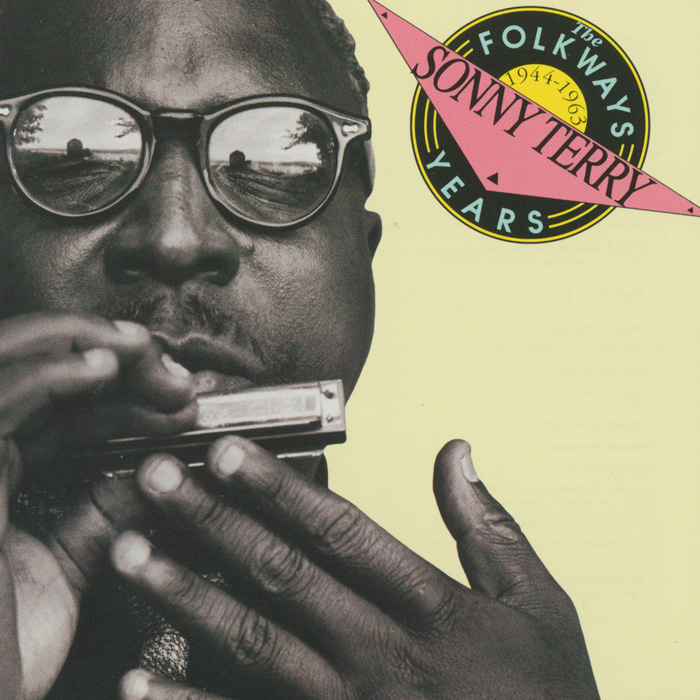
“Shortnin' Bread”
from The Folkways Years, 1944-1963 (1991) | SFW40033
- Have students listen to further examples of banjo music. Direct their attention to the plucking patterns, and suggest that they attempt to “pretend-play” their imaginary banjos.
- “The Coo Coo (Coo Coo Bird),” John Snipes
- “Chilly Winds,” Wade Ward
- “Shortnin’Bread,” Leonard Bowles
Assessment: Students should be able to (1) articulate the source of the modern American banjo, (2) fashion a banjo-like instrument, and (3) follow the pitch, rhythm, and tempo of recorded banjo selections.
Lesson Segment 3: Have a Grand Old-Time Music
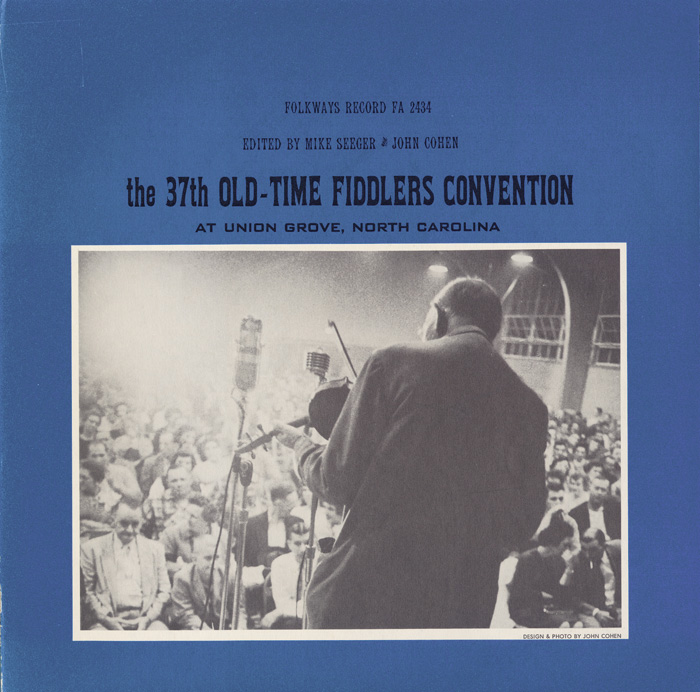
“Instrumental”
from 37th Old Time Fiddler's Convention at Union Grove North Carolina (1962) | FW02434
- Have students listen to “Sugar Hill” by the Iron Mountain String Band. Ask them to keep a very quick beat as they listen.
- In another listening, ask them to identify the timbres they hear by playing their imaginary instruments.

- Discuss with students the function of this music to inspire dancing for recreation on a Saturday night once the chores were laid aside and the community gathered together for social purposes. Note that old-time music predates bluegrass and is a blend of African- and Anglo-American elements.
- Listening again, challenge students to “dance “while remaining in their seats. They may tap their feet, clap their hands, snap their fingers, wiggle their toes.
- Find examples on the Internet of dancing to old-time music, which is called flat-footing, buck-dancing, step-dancing, or clogging, and note the relationship of these genres to Irish step-dancing.
- Assign students a writing assignment. If they have experienced all three lessons in this unit, they can take on these challenges:
- Persuasive: Write at least three reasons why this is the best (or one of the best) genre of music that you have heard.
- Expository: Write an essay with at least three facts about the fiddle, the banjo, and old-time music.
- Narrative: Write a story in first person that might become the lyrics of a piece of old-time music or an experience one could have with this music (fictional or non-fictional).
- Descriptive: Write an essay that describes old-time music to someone. Define it as well as your personal feelings about it. Include five very specific descriptive statements. (Use figurative language.)
- Create your own old-time music using GarageBand, Audacity, or another music creation software program. You can also create an accompaniment to play with one of these pieces.
- Old-time music has many roots in the Appalachian Mountains. Travel to and from different areas in Virginia’s Blue Ridge Mountains was difficult, due in large part to the shape of the craggy mountains including small valleys called hollows or “hollers”. Most people stayed home and created their own entertainment with their families and nearby neighbors by playing music on homemade instruments. Research the geography of the Appalachian Mountains.
- Listen to the following music from a fiddlers’ convention that features old-time artists on banjo, fiddle, and guitar.
Assessment: Students should be able to respond to these questions: (1) Can you explain the origin of old-time music, including the cultures that influenced the instruments and style? (2) Can you describe or even demonstrate the dance that is associated with old-time music?


